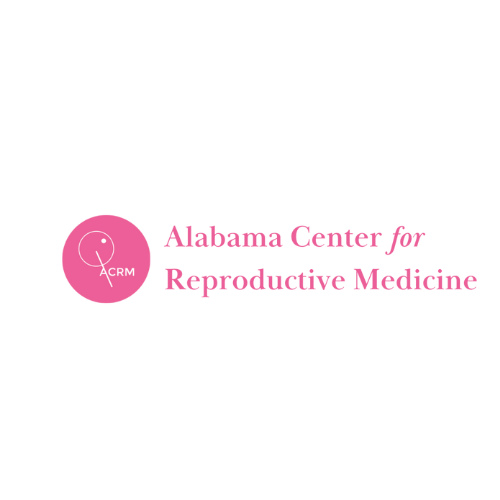Schedule a Consultation!
Fill out this short form below and someone from our staff will call you to schedule your consultation. Thank you!
Natural Cycles and Oral Fertility Drugs
The course of management for a couple being treated for infertility will possibly have a natural cycle monitored and tracked for adequate ovulation. Subsequently, oral fertility drugs will be administered in order to enhance ovulation. In the United States there are presently two main drugs in this category: Clomiphene citrate (Clomid) and letrozole (femara). Statistically, pregnancies will occur at a rate of approximately eight to twelve percent per cycle. It is usually in the initial cycles that other evaluation occurs, including a semen analysis for sperm counts and a Hysterosalpingogram (HSG) for evaluation of female reproductive anatomy that includes the intrauterine cavity and the fallopian tubes. In general, any treatment regiment using the oral fertility drugs should run its course over approximately three cycles; in other words, the majority of pregnancies occur in the first three cycles of any treatments engaged in.
Gonadotropins and Intrauterine Inseminations (IUI)
The second level of drugs used for fertility treatment include a group under the umbrella of cananotrophines. In the United States, there are three main drugs in this category: Follistim, Menopur, and Gonal-F. These medications are given by subcutaneous injection on a daily basis, usually beginning around day three of the menstrual cycle. A lot of times, treatment with the gonadotropins will shorten the time by one or two days to the point of ovulation. These drugs are monitored by using estradiol levels and ultrasound. When the oocytes (eggs) begin to reach a point of maturity, a trigger shot of human chorionic gonadotropin (HCG) is given. These medications are usually combined with an intrauterine insemination, where a sperm sample is washed, concentrated, and then placed in the intrauterine cavity. The procedure is usually low key and benign. The female patient experiences similar sensations to a pap smear. The pregnancy rates using combined gonadotropins and intrauterine inseminations approach a twenty to thirty percent chance per cycle.
Surgery
Laparoscopy and hysteroscopy are the main interventions for ultimate evaluation of the female pelvic anatomy. Entities that may inhibit fertility include endometriosis, adhesions (scar tissues), blocked fallopian tubes, and uterine fibroids. With laparoscopy, we are able to ablate the implants of endometriosis that may mechanically obstruct the fertility process or cause an immune reaction yielding toxins that affect the oocytes, sperm, and embryos. Fibroids usually cause a mechanical obstruction and can be removed either with robot assisted laparoscopy or a mini-laparotomy. Generally, once removed, a transmural fibroid, extending through the muscle of the uterus will require a cesarean section for future delivery of a baby.
In Vitro Fertilization
When the pelvic anatomy is distorted to the point that there is a blockade of the sperm from reaching the egg, or if after numerous attempts with previously mentioned therapies pregnancy has not occurred, in vitro fertilization a lot of times will overcome the problem. With in vitro fertilization, the oocyte maturation is stimulated using gonadotropins. The oocytes (eggs) are retrieved on an outpatient basis; these eggs are either inseminated with the sperm, or the sperm is processed and intracytoplasmic sperm injection (ICSI) is performed. The embryo is then cultured for three to five days and either biopsied for genetic normalcy, transferred, or cryopreserved. As you can see, there are many avenues that in vitro fertilization can take. The good news is over the past thirty to forty years, the in vitro fertilization success rates have steadily improved. In general, women who are 35 years or less will have a fifty percent chance of pregnancy. The success rate is linked to age and will, therefore, decrease as the female ages beyond 35 years.
Fill out this short form below and someone from our staff will call you to schedule your consultation. Thank you!

